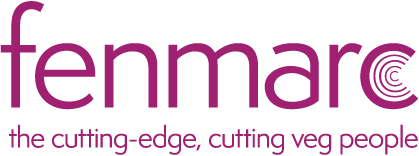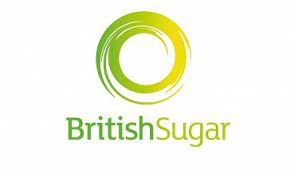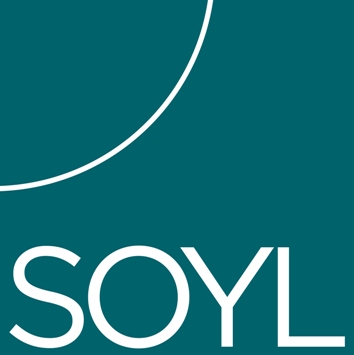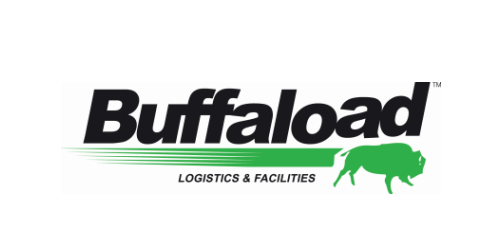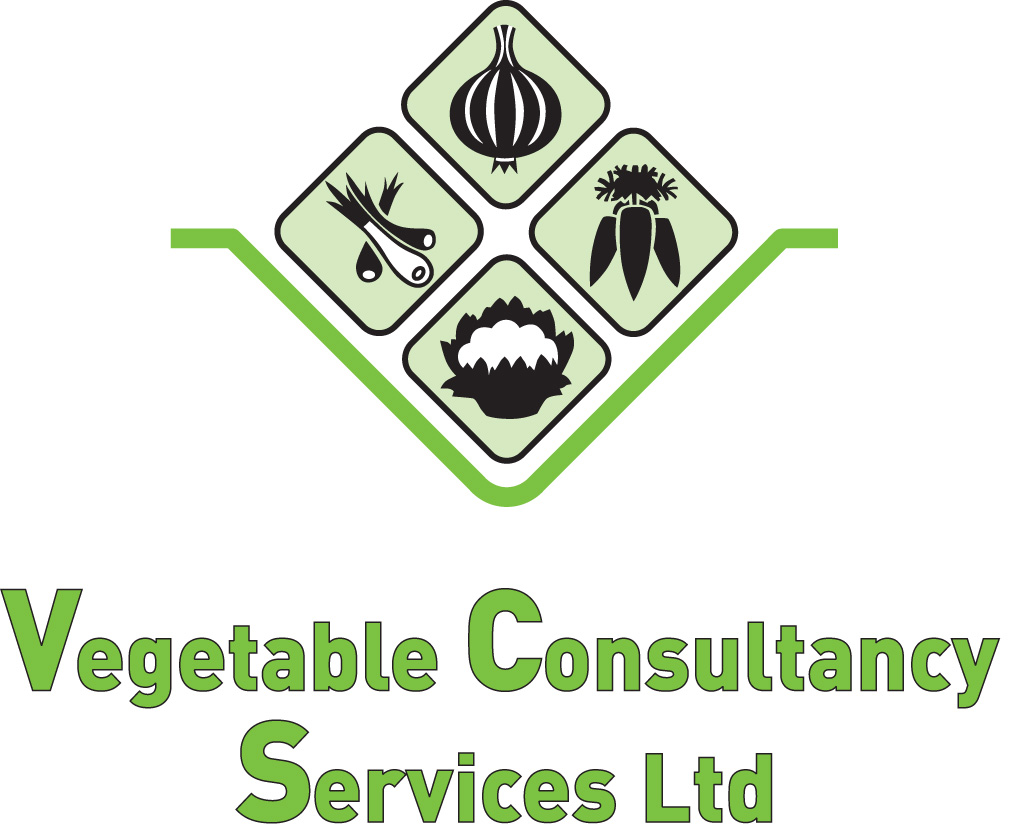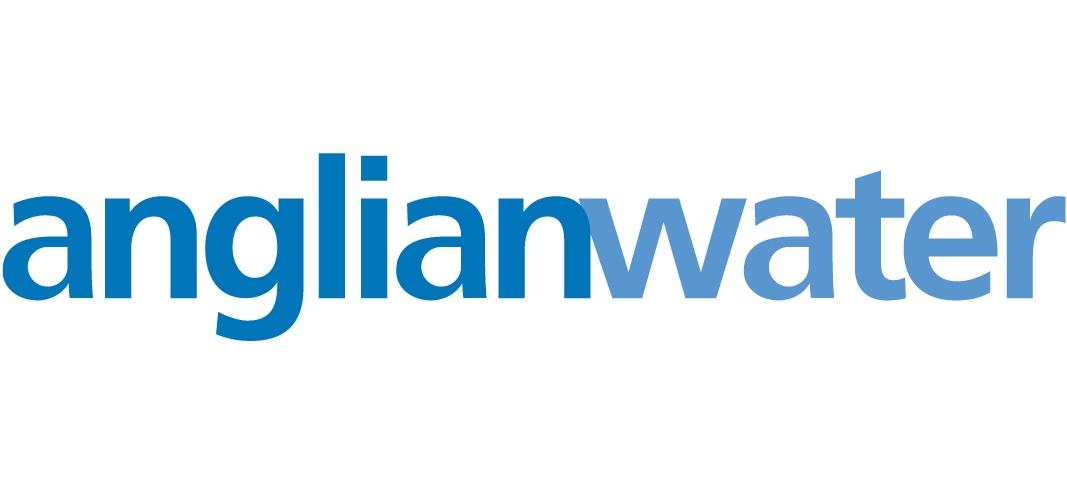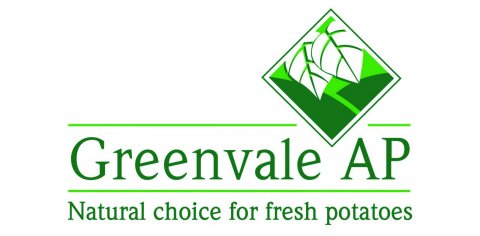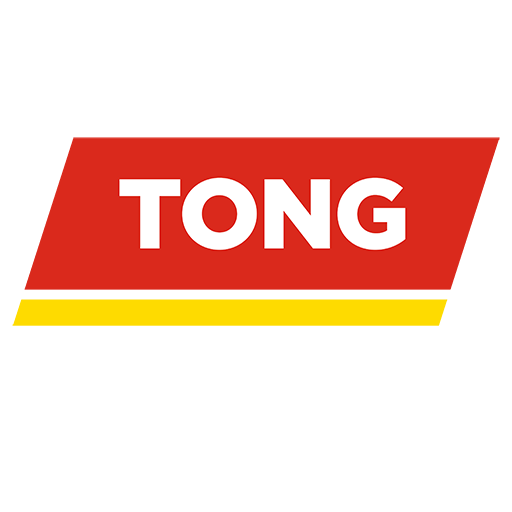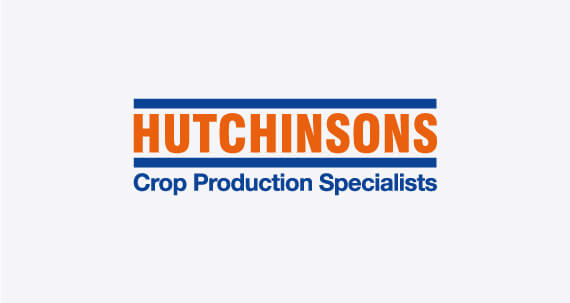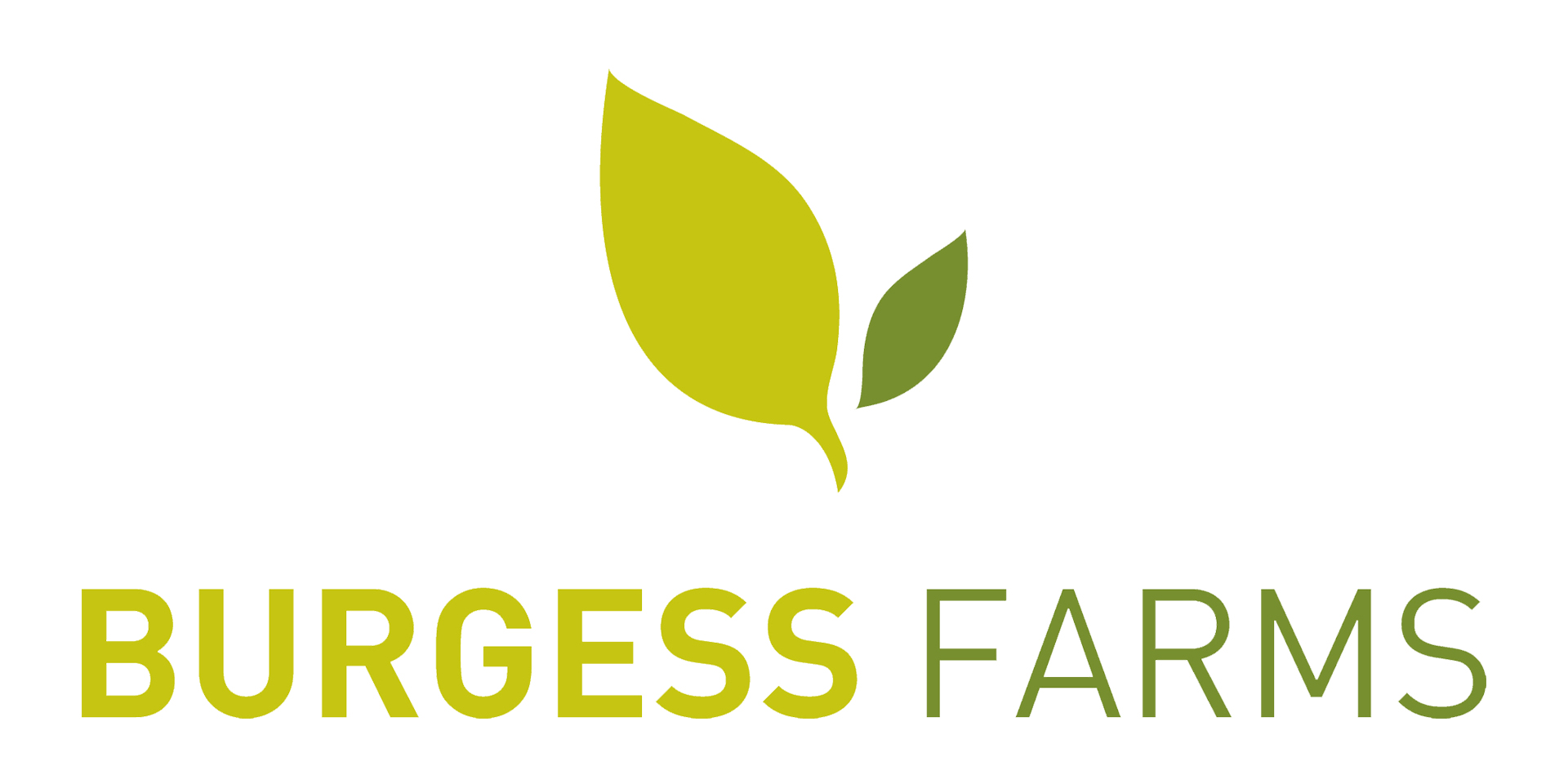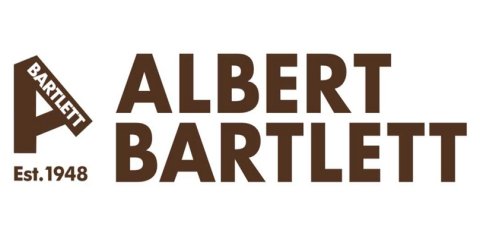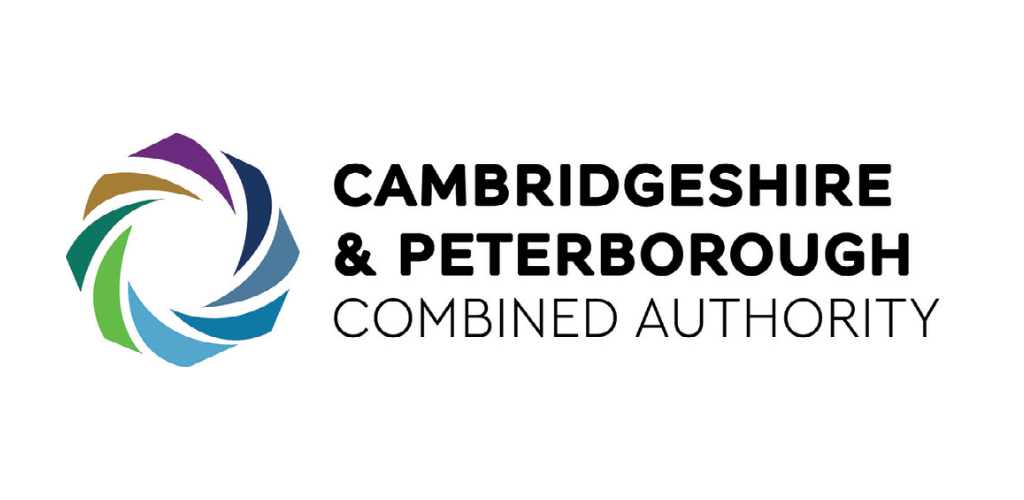This article was contributed by one of our corporate partners as part of Fenland SOIL’s ongoing commitment to sharing the latest news and views from across the world of lowland peat and sustainable agriculture. At Fenland SOIL we do not endorse any particular brands, companies or products and would always advise our members to make the appropriate choices for their business, having explored all available options. We share articles from our corporate partners to open conversations and raise issues for your awareness.
Article contributed by Oliver Rubinstein
Oliver Rubinstein is Customer Success Manager at Trinity Agtech, whose Sandy software allows farmers to accurately measure and manage their carbon footprint and wider natural capital. This includes a purpose-built lowland peat model, developed alongside a panel of 45 leading scientists.
It will come as no surprise, that crops produced on the peat soils of the Fens have a significant carbon footprint attached to them (over and above that of production on mineral soils), due to oxidation of peat and other greenhouse gasses associated with farming on these high organic matter soils. Given the ever-increasing environmental pressure on farmers, it may seem counterintuitive to want to quantify these additional emissions in more detail.
However, there are a number of reasons that all food producers and especially those on peat soils should want to accurately measure and manage their carbon footprint in a way that properly takes into account their peat soils.
As retailers and food businesses make ever more ambitious environmental goals and targets, there’s an increasing need for these business to understand their Scope 3 (upstream) emissions. This requires farmer suppliers to have their own carbon footprint figures to provide where needed.
Aside from supply-chain compliance requirements though, having an accurate carbon footprint has a number of very real business benefits. There’s a strong correlation between a reduction in farm business’ carbon footprint and an increase in business efficiency, especially when it comes to input use. Your carbon footprint provides a valuable, and often visual, metric to help identify areas of inefficiency in your business.
Measures to reduce your carbon footprint can also improve overall business resilience too, making your operation more robust and more resistant to external shocks. Given the current levels of volatility in the agrifood sector, this should be an increasing priority.
We are also already seeing banks and other financial institutions offering preferential terms for businesses. Farm businesses that can demonstrate a low carbon footprint and a strong natural “capital balance sheet” have a tangible financial advantage.
Although peat emissions from farming can be considerable, it also means that proportionally, changes to management can have a massive impact on a farm’s overall carbon footprint. With this comes the opportunity for monetisation to help finance the necessary changes and provide a new income stream.
At a farm level, accurately measuring and modelling soil carbon stock changes (and therefore emissions & sequestration) on peat soils needs to be approached slightly differently to mineral soils. Our scientific understanding of peat emissions is evolving rapidly, so any carbon calculator used, needs to incorporate the absolute latest scientific evidence. The recent Defra report on Harmonising Carbon Accounting also recommends that any carbon calculator adheres to ISO 14064-2 and ISO 14067 as a minimum standard.
There are also peat specific datapoints that are needed for a carbon calculation. As well as the usual information on cropping, tillage and inputs, it’s important to have figures for peat depth and water table depth, to model peat soils accurately. These figures may not be immediately available, so informed assumptions can be made, with an ambition to collect this data in more detail in the future.
When it comes to carbon, being proactive and taking ownership of your carbon footprint (rather than having this imposed on you) is always preferable and all farm business should consider producing at least an initial carbon calculation as soon as they can.
Message from our Corporate Sponsor – Trinity Agtech’s Customer Success team currently work with a wide range of farmers in the Fens to help them better understand their peat emissions via our Sandy software and are more than happy to answer any questions that you may have. For more information please contact Oliver Rubinstein on or@trinityagtech.com
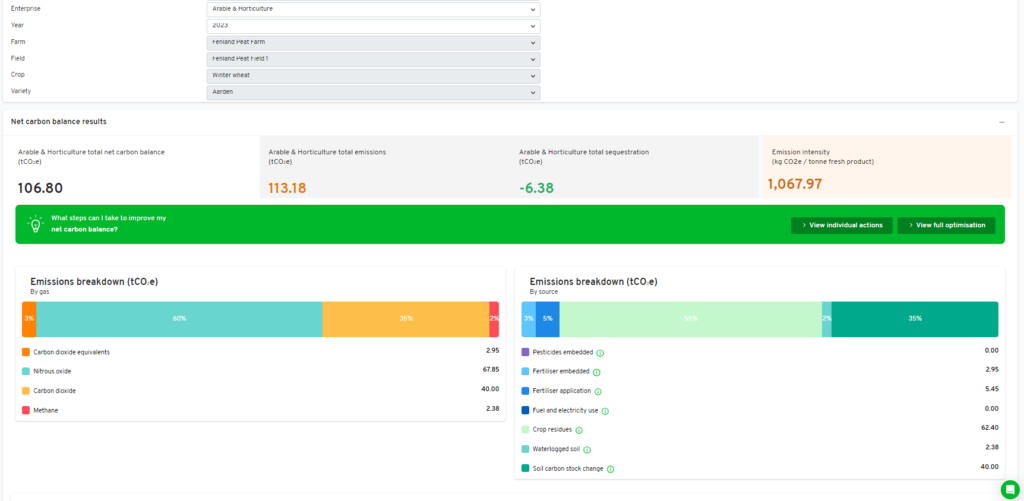
Screenshot from Sandy software showing an example report.



